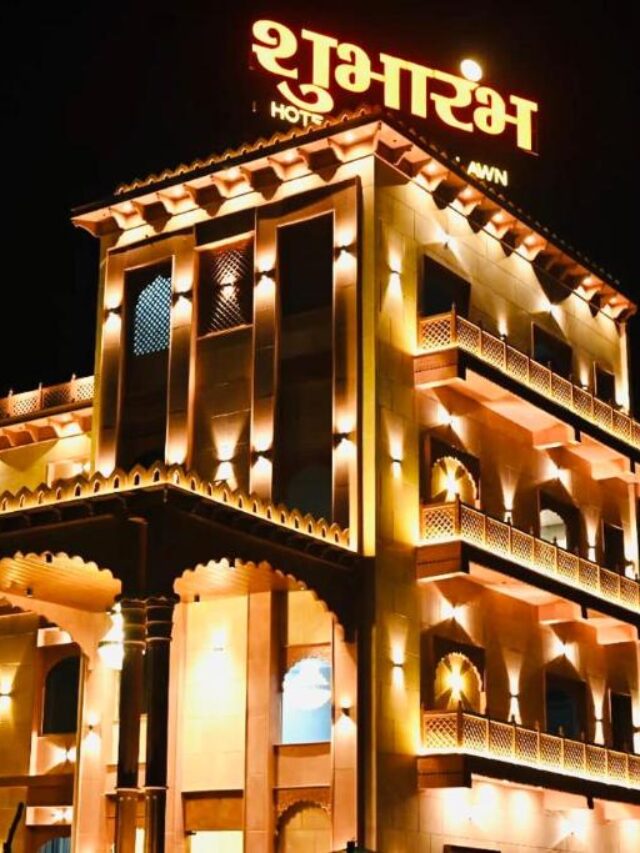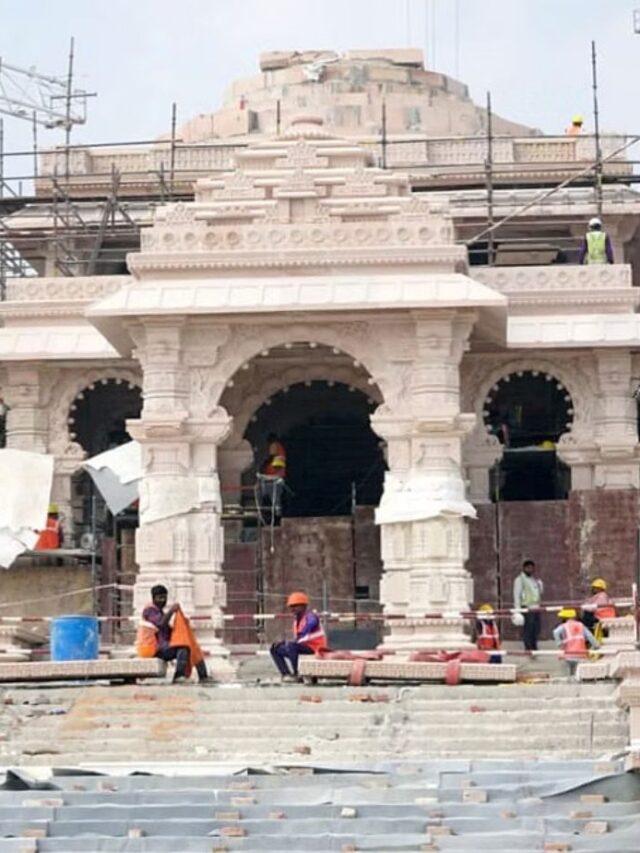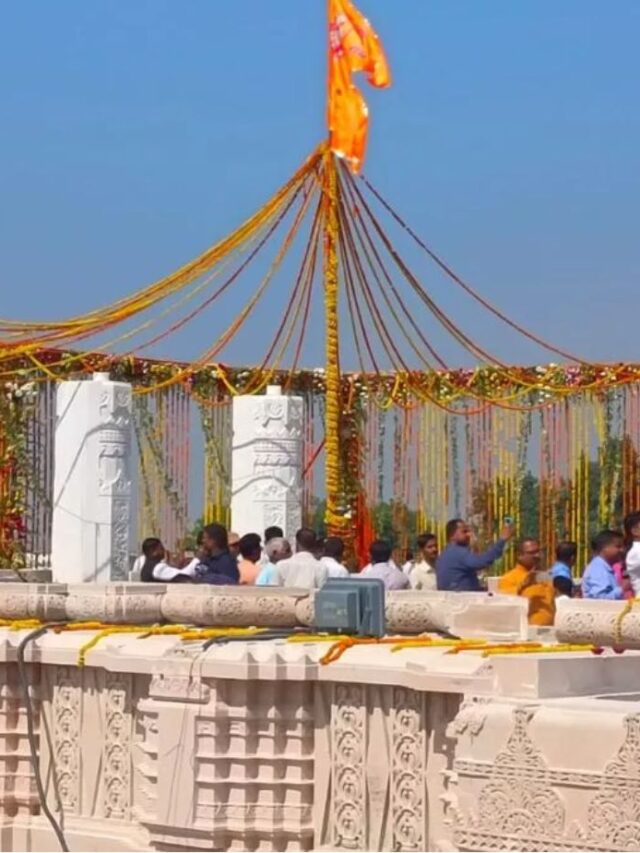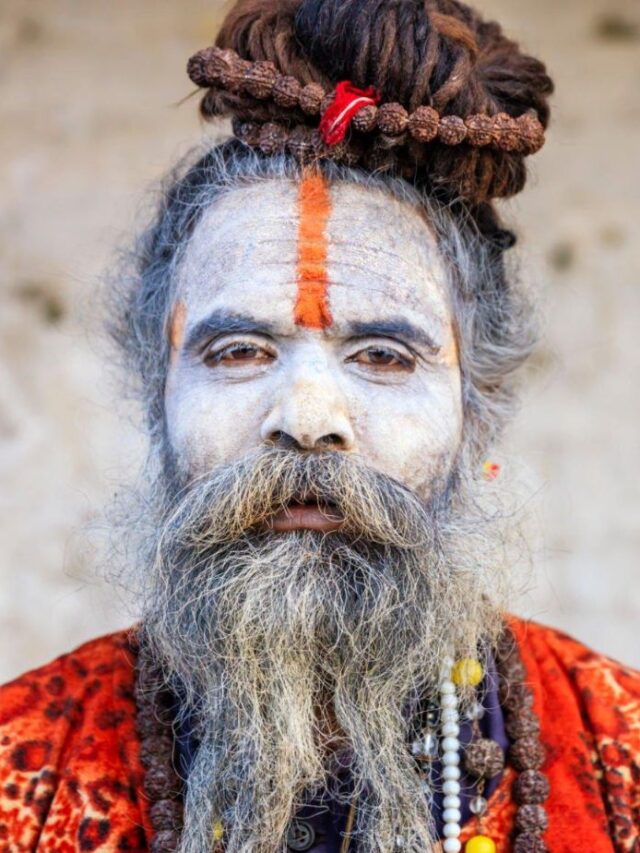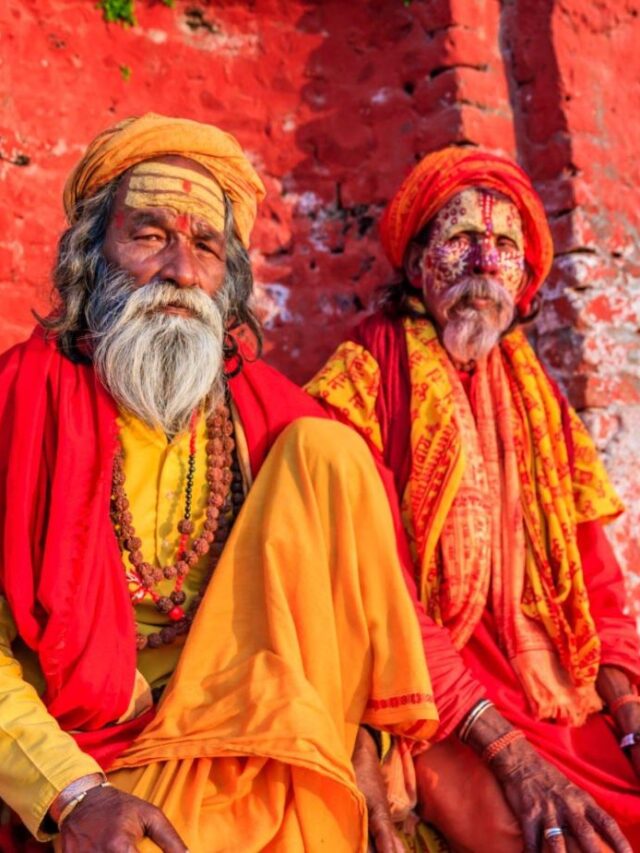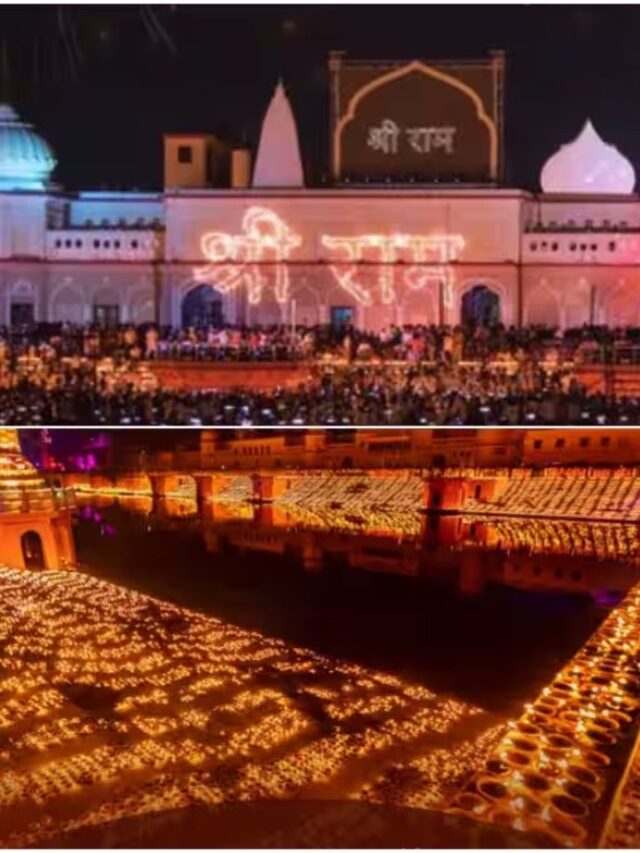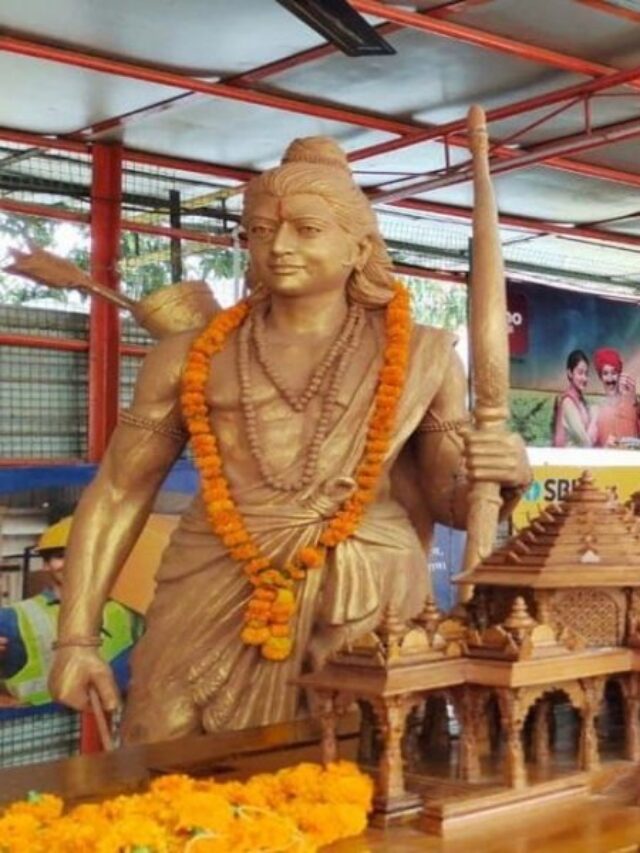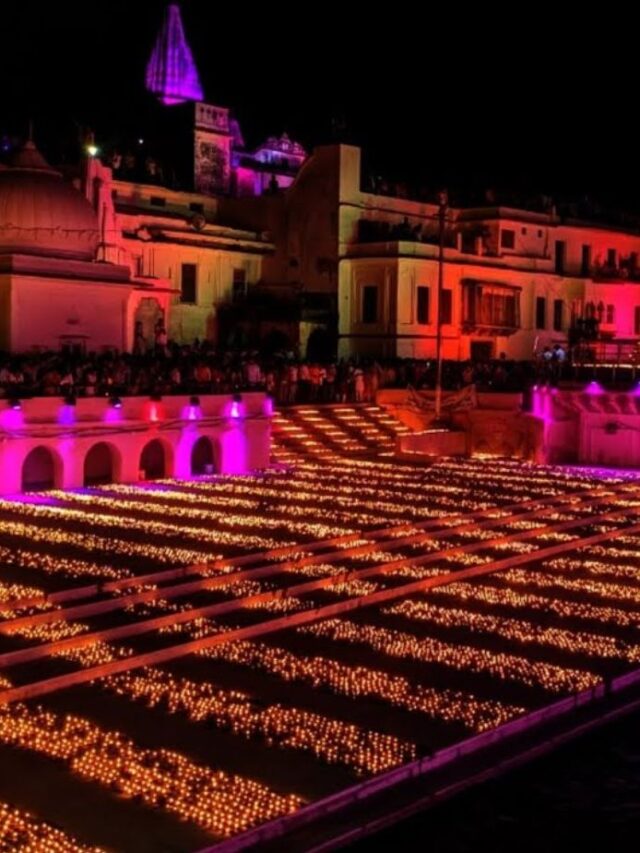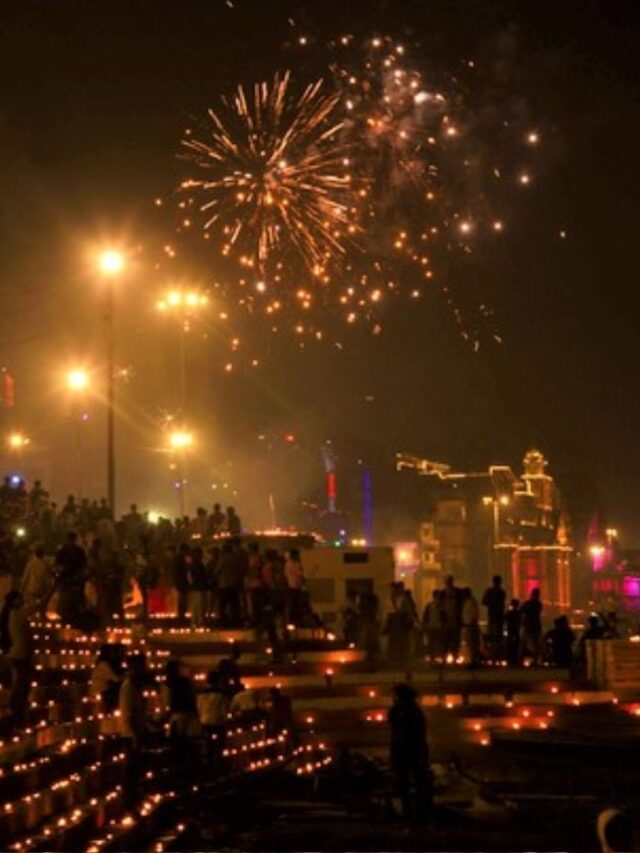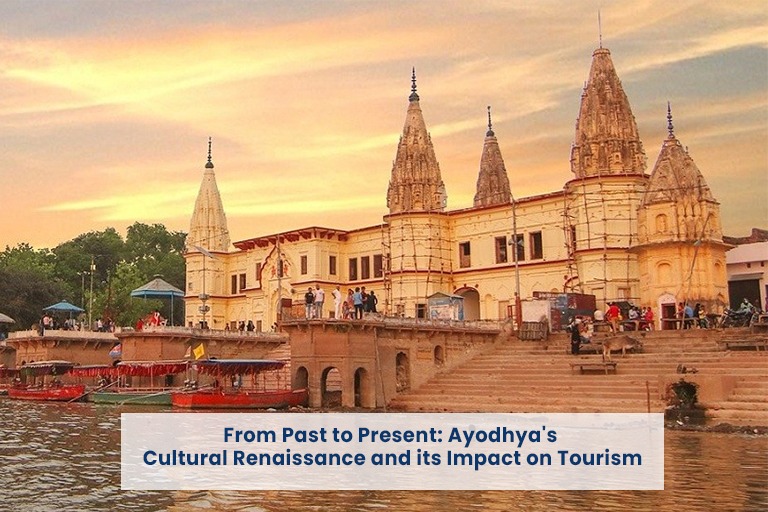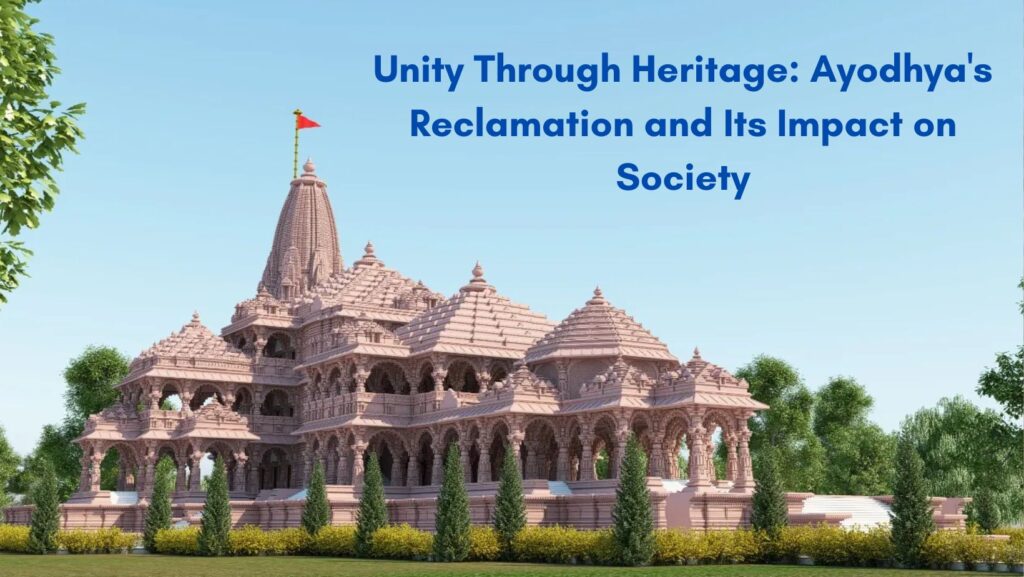In the heart of India lies a city steeped in history, culture, and controversy – Ayodhya. “Ayodhya, the Battle for India’s Soul The Complete Story” takes us on an unprecedented journey through the intricate tapestry of Ayodhya’s story. From ancient mythologies to modern-day conflicts, this narrative unravels the complex layers that have defined this sacred land. Join us as we delve deep into the Ayodhya story, a timeless saga that resonates with the soul of India, exploring its past, present, and the enduring quest for harmony.
The Historical Backdrop
Ayodhya, known as the birthplace of Lord Rama, a revered figure in Hinduism, and also housing the Babri Masjid, a mosque built during the 16th century Mughal era, has a contentious history dating back to the 19th century when tensions first surfaced over the site. Nevertheless, the issue gained prominence in 1949 when idols of Lord Rama were clandestinely installed within the mosque, triggering the commencement of the contemporary Ayodhya conflict, a complex interplay of politics, religion, and legal matters.
 Also read – 5 Facts You Need to Know About the Ayodhya Ram Mandir Controversy
Also read – 5 Facts You Need to Know About the Ayodhya Ram Mandir Controversy
The Legal Battles
The legal saga surrounding Ayodhya is extensive and intricate. It saw numerous court cases and judgments that spanned several decades. At the core of these legal disputes lay the pivotal question of whether the contested location should be granted to the Hindu or Muslim communities. A historic verdict was rendered in 2019, as the Supreme Court of India decreed in favor of erecting a Hindu temple on the disputed site, simultaneously directing the provision of an alternative parcel of land to enable the Muslim community to reconstruct a mosque.
The verdict aimed to delicately navigate the divide between two communities, yet it failed to entirely pacify the smoldering tensions, highlighting the Ayodhya narrative’s enduring struggle in harmonizing historical grievances with contemporary legal perspectives.
The Role of Politics
The Ayodhya issue has been skillfully exploited by politicians of various affiliations over the years. Its role as a powerful instrument in galvanizing voters along religious affiliations cannot be denied. Numerous political factions have employed Ayodhya as a pivotal focal point, frequently exacerbating communal tensions to secure electoral advantages. This manipulation of the Ayodhya story for political ends has further deepened the divide and made a resolution even more challenging.
Cultural Significance
Ayodhya transcends the realm of mere legal or political contention; it holds profound cultural importance in the hearts of countless Indians. Hindus revere it as the sacred birthplace of Lord Rama, a revered and deeply significant deity. The realization of a Ram temple has been a cherished aspiration for countless Hindus, and the Supreme Court’s decision was met with exuberant celebration by a substantial segment of the populace.
Conversely, from a Muslim perspective, the Babri Masjid embodies an extensive tapestry of history and religious legacy, and its tragic destruction in 1992 inflicted profound wounds upon the community. The allocation of an alternative piece of land for a mosque was seen as a consolation, but it cannot erase the pain of the past.
Also read – Ayodhya Ram Mandir Importance: Symbol of Hindu Faith and Heritage
Also read – Ayodhya Museum: You will get to know the history of Ram Mandir movement
The Cultural Impact
The Ayodhya conflict transcends mere legal wrangling and political strategizing, casting a profound shadow over the intricate tapestry of Indian society. It has, time and again, ignited communal tensions resulting in unfortunate outbreaks of violence and loss of precious lives. The enduring echoes of the Babri Masjid’s destruction persist, and Ayodhya’s wounds persistently cast a long shadow on India’s inter-community relations.

The Ayodhya narrative has been profoundly influenced by the media as well, with its coverage of the conflict frequently exhibiting polarization by giving excessive prominence to extremists on both ends, thereby sidelining the moderate voices advocating for a peaceful resolution. This media polarization has only served to deepen the divide and make reconciliation more elusive.
The Way Forward
The Ayodhya story is far from over. As the Ram temple’s construction progresses and the legal disputes find resolution, the enduring emotional wounds persist, demanding patience and dedication for reconciliation between the Hindu and Muslim communities, necessitating leaders ready to transcend divisive politics and strive for a unified future.
In order to foster harmony and unity among different communities, it is imperative to prioritize education and consciousness-raising. Initiatives aimed at encouraging interfaith dialogues and comprehension must be actively pursued, while embracing cultural exchanges and celebrating India’s profound diversity can serve as a bridge to connect various communities.
Also read – Ayodhya Ram Temple ‘pran pratishtha’ on January 22, likely to open for devotees on 24
Conclusion
In the riveting tale of “Ayodhya, the Battle for India’s Soul The Complete Story,” the complex history of Ayodhya unfolds with intricate detail and profound significance. This narrative not only delves into the Ayodhya story but also reveals how it symbolizes India’s diverse cultural fabric and its enduring quest for harmony. It serves as a powerful reminder of the need for unity amid diversity, echoing the soul of a nation determined to coexist in peace, despite the turbulent chapters in its past.
Also read – The Life and Legacy of Premanand Ji Maharaj Vrindavan

